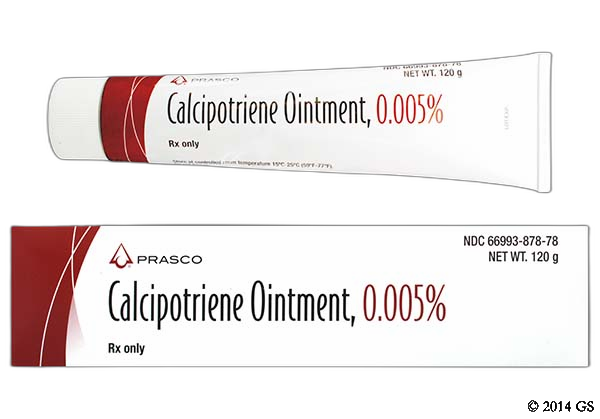Calcipotriene is a medication used to treat psoriasis, a chronic skin condition affecting millions worldwide. Although it is an effective treatment, it is also notoriously expensive. In this article, we will explore why calcipotriene is so expensive.

What is Calcipotriene?
Calcipotriene is a synthetic form of vitamin D used to treat psoriasis. It works by slowing down the production of skin cells and reducing inflammation in the affected area. Calcipotriene is available in different forms, including ointments, creams, and solutions, and is typically applied directly to the skin.

Why is Calcipotriene So Expensive?
- Research and Development Costs
The process of developing a new medication is a long and expensive one. It can take many years and cost billions of dollars to bring a new drug to market. The high cost of research and development is often passed on to consumers through higher prices for the medication.
- Manufacturing Costs
Calcipotriene is a complex medication that requires careful manufacturing processes to ensure its quality and safety. The production of calcipotriene is a time-consuming and costly process that involves multiple steps, including synthesis, purification, and formulation. The high cost of manufacturing is also reflected in the price of the medication.
- Limited Competition
Calcipotriene is a patented medication, meaning only the patent manufacturer can produce and sell the medication. This lack of competition allows the manufacturer to charge higher prices for the medication, as no alternative medications are available.
- Insurance Coverage
Even if a patient has insurance coverage, the cost of calcipotriene can still be prohibitively expensive. Insurance companies often require patients to pay a large co-pay or deductible for prescription medications, making calcipotriene unaffordable for some patients.
- Market Demand
Psoriasis is a chronic condition that affects millions of people worldwide. As a result, there is a high demand for effective psoriasis treatments, including calcipotriene. The high demand for the medication allows the manufacturer to charge higher prices, as patients are often willing to pay more for a treatment that works.
Conclusion
Calcipotriene is a highly effective psoriasis treatment, but its high cost can make it unaffordable for many patients. The cost of calcipotriene is due to a combination of factors, including research and development costs, manufacturing costs, limited competition, insurance coverage, and market demand. Patients who are struggling to afford calcipotriene should speak with their healthcare provider about alternative treatment options or financial assistance programs that may be available.
Calcipotriene is a highly effective psoriasis treatment, but its high cost can be a barrier to access for many patients. The factors contributing to the high price of calcipotriene include research and development costs, manufacturing costs, marketing and distribution costs, and limited competition. While these factors are unlikely to change shortly, efforts to increase competition and reduce drug prices could help make this important medication more affordable for needy patients.
FAQs:
- Is there a cheaper alternative to calcipotriene?
Several alternative treatments for psoriasis include topical corticosteroids and other vitamin D analogs. These medications may be less expensive than calcipotriene but less effective for some patients.
- How can I afford calcipotriene if it is too expensive?
There are several options for patients who cannot afford the cost of calcipotriene. These include:
- Contacting the manufacturer to inquire about patient assistance programs or discounts
- Checking with local pharmacies or online retailers to compare prices
- Asking your doctor if any alternative treatments may be more affordable
- Does insurance cover the cost of calcipotriene?
Many insurance plans cover the cost of calcipotriene, but coverage can vary depending on the plan and the patient’s circumstances. Patients should check with their insurance provider to determine whether the medication is covered and what their out-of-pocket costs may be.
In conclusion, calcipotriene is an effective psoriasis treatment, but its high cost can make it difficult for many patients to afford it. While there are several reasons why the medication is so expensive, options are available to help patients access the medication, including patient assistance programs and alternative treatments. Patients should work closely with their healthcare provider to determine the best course of treatment for their individual needs and circumstances.